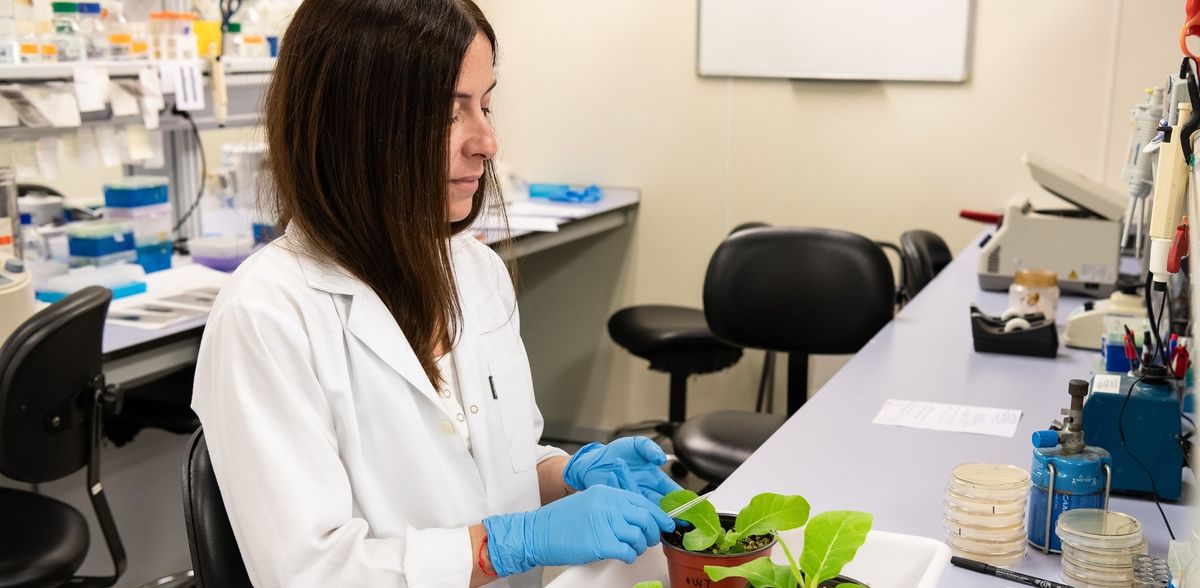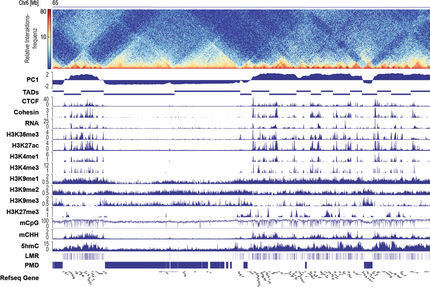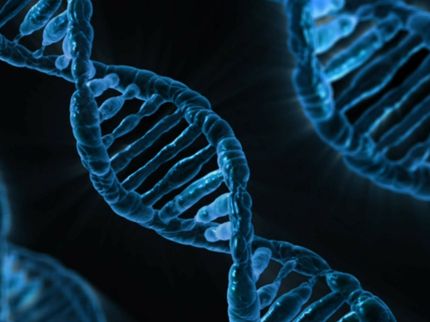New mechanism of immunity against RNA virus discovered in plants
Scientists at the Institute of Molecular and Cellular Plant Biology demonstrate that proteins called ECTs act against viruses such as alfalfa and potato mosaic virus.
Advertisement
A research group from the Instituto de Biología Molecular y Celular de Plantas (IBMCP), a joint center of the Consejo Superior de Investigaciones Científicas (CSIC) and the Universitat Politècnica de València (UPV), has discovered that a group of plant proteins belonging to a family called ECTs participate as effectors of the immune response against alfalfa mosaic virus. This work, published in The EMBO Journal, could contribute to the design of products homologous to ECTs and thus obtain new ways to fight viruses in plants.
In all known organisms, RNA decodes the genetic information contained in DNA to produce the proteins that will carry out the functions of the living organism. This RNA can undergo a series of modifications called epigenetic modifications. In a large number of viruses, such as SARS-CoV-2, the coronavirus that caused the recent global pandemic, the genetic information is encoded in one or more RNA molecules (known as RNA viruses), which undergo the same type of epigenetic modifications.
The main epigenetic modification is methylation, where alterations in gene transcription occur without the need for DNA alteration. This modification is regulated by writer (methyltransferases), eraser (demethylase) and reader proteins, which bind to the modified RNA and modulate its function. Altering the levels of any of these proteins has a profound impact on the virus infection cycle.
"The epitranscriptome, the processes that happen at the molecular level in organisms and that include RNA modification and editing, has recently been revealed as an essential layer of regulation that contributes to stress adaptation and tolerance in plants," highlights Vicente Pallás Benet, who leads the Plant Molecular Virology group at IBMCP.
This research group had already demonstrated how a plant RNA virus, alfalfa mosaic virus or AMV, hijacks the cellular epigenetic RNA modification machinery to regulate methylation in its own RNA. "We have now discovered that some ECTs constitute a new layer of plant defense against viruses," Pallás explains.
Use of mutant plants
The new article analyzes the role of reader proteins in this process of virus RNA modification that allows virus infection. Using different mutant plants, they have shown that these proteins, which in plants are known as ECTs, are direct effectors of antiviral immunity against an RNA virus modified to allow infection.
"This defensive mechanism is mediated by the direct interaction of these proteins with viral RNA, as we demonstrated using a powerful proximity tagging method known as HyperTRIBE," describes Mireya Martínez-Pérez, first author of the study. "These ECTs have regions rich in amino acids such as tyrosine that favor their interaction and clustering into biomolecular condensates through a process known as phase separation. This property of forming clusters is where their antiviral properties seem to reside," says Frederic Aparicio, UPV professor participating in the study.
Implication in human diseases
Dysregulation of RNA modification is implicated in many human diseases, including cancer, and in viral infections. "Discovering a new antiviral mechanism always opens new expectations for the development of disease control strategies, in this case viral," says Pallás. "The design of homologous molecules of antiviral ECTs or inhibitors of proviral demethylase proteins can broaden the limited repertoire of strategies to combat plant viruses," the researcher points out.
Moreover, since these proteins are involved in cell proliferation events, progress in the understanding of their mode of action may have a significant impact on the modulation of developmental and defense processes in eukaryotic organisms, i.e. animals, plants, fungi and protists, say the researchers. The research was carried out in collaboration with the laboratory of Professor Peter Brodersen of the Department of Biology at the University of Copenhagen (Denmark).
Note: This article has been translated using a computer system without human intervention. LUMITOS offers these automatic translations to present a wider range of current news. Since this article has been translated with automatic translation, it is possible that it contains errors in vocabulary, syntax or grammar. The original article in Spanish can be found here.
Original publication
Mireya Martínez-Pérez, Frederic Aparicio, Laura Arribas-Hernández, Mathias Due Tankmar, Sarah Rennie, Sören von Bülow, Kresten Lindorff-Larsen, Peter Brodersen and Vicente Pallas; "Plant YTHDF proteins are direct effectors of antiviral immunity against an N6-methyladenosine-containing RNA virus."; The EMBO Journal























































